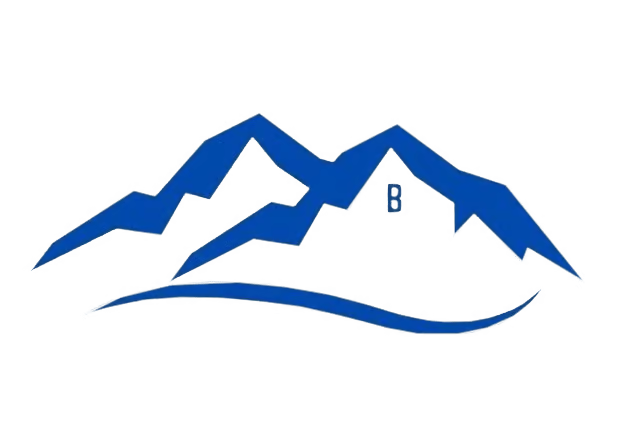Beaver’s City Song: Our Grand Old Beaver
Performed and recorded by Jackson, Wyoming’s Bar T-5 Band

A number of exploring parties traveled through Beaver Valley before anyone seriously looked at it as a potential location for settlement. In the winter of 1856, George A. Smith, a Mormon apostle and a representative to the territorial legislature from Parowan, noted that the area could potentially provide good pasturage for cattle. Nearby canyons also had abundant timber for lumber and available water for a mill. That same month, February, a colonization party arrived in the Beaver River Valley, leaving their homes in Parowan thirty-five miles to the south. The settlers included Simeon F. Howd (captain), Wilson G. Nowers, James P. Anderson, Edward W. Thompson, Ross R. Rogers, H.S. Alexander, John M. Davis, Charles Carter, John Henderson, Barney Carter, James Duke, John Knowles, Joseph Goff, James Low, Benson Lewis, and their families. The next month, George A. Smith arrived to appoint Simeon F. Howd as the presiding elder, the senior religious leader of the group.

The initial land division consisted of sixteen ten-acre lots. By May, water for irrigation had been directed from the river to the east and conducted in a newly constructed ditch to the northeast corner of the survey, crossing the public square on a diagonal. Soon, modest wood frame homes and a wooden fence around the entire surveyed area, with a wooden schoolhouse in the center of town, marked the fledgling community as a place where people had come to stay. Beaver was formally incorporated on 10 January 1867.
That same year, the first Beaver County court was held in Beaver. In 1858 Beaver’s population received a boost from Mormons leaving San Bernardino, California, at the onset of the Utah War. In 1886 the inhabitants of Circleville abandoned their community because of the Black Hawk War and made their homes in Beaver.

In September 1873 the United States Army built a military barracks – Fort Cameron – at Beaver. It was located on the north side of the Beaver River about one mile from the mouth of the canyon. The post included four company barracks, a guard house, commissary, hospital, and officers’ quarters, many of which were constructed with the distinctive black rock taken from the nearby mountains.
Beaver is known for its stone houses and public buildings. The Beaver Co-op was the largest Utah mercantile establishment south of Salt Lake City for a number of years. Constructed with black igneous rock quarried in the mountains east of Beaver in 1872, this two-story store was a branch of the LDS Church’s ZCMI. The foundation of the Beaver County Courthouse, built in 1882, is also black rock, but the upper stories are constructed of a beautiful red brick. The building’s clock tower and simple classical detail make it a prominent landmark in Beaver County.

Beaver always played a prominent role in education in the county. Besides local public schools, a number of private institutions were built here. In 1898 the LDS Church established the Murdock Academy in the old Fort Cameron structures. This church school was a branch of the Brigham Young Academy at Provo. The Beaver LDS Stake was given the responsibility for the renovation of the properties, and a principal, E.D. Partridge, was sent to Beaver from Provo to lead the school. By the beginning of its second week, one hundred students had enrolled for the two-year high school course. The school functioned until May 1922.
Agriculture and stock raising were the two principal industries during the nineteenth century in Beaver. Nevertheless, in this most significant town south of Provo, Beaver’s retail businesses also played a prominent role in the economic life of the region. Beaver functioned as a supply station for prospectors who were scouring the nearby mountains for ore. A number of woolen mills, tanneries, harness shops, shoe shops, flour mills, photographic galleries, lumber mills, tailors, carding shops, and a variety of other types of local businesses helped Beaver to maintain a thriving local economy.

Beaver is also a significant gateway to local canyons and mountain ranges. The Tushar Range to the east of Beaver, for example, has abundant resources for fishing, hunting, and camping. Puffer Lake and the other lakes situated in the mountains adjoining Beaver are popular destinations for fishermen and sports enthusiasts from around the region. Located on Interstate 15 at an elevation of 5,970 feet, Beaver is a place with a colorful past, a pleasing climate, and ample opportunities for employment. In addition to agriculture, dairying, cattle raising, and service enterprises, mines like the sulphur mines twenty miles to the north continue to augment and diversify the local economy.
BEAVER CITY OFFICIAL CENSUS
- 1990 census: Population 1,998
- 2000 census: Population 2,454
- 2010 census: Population 3,000
